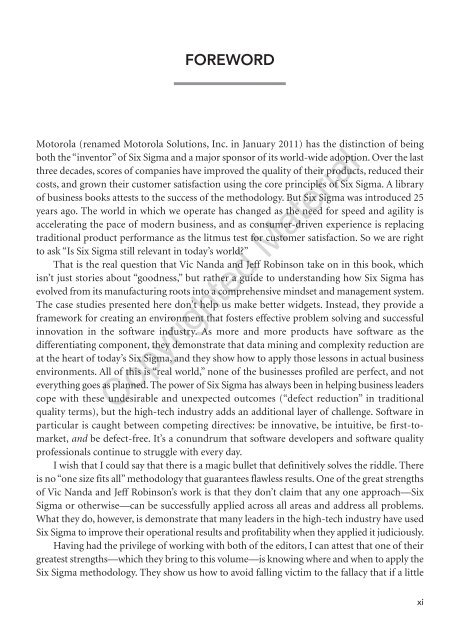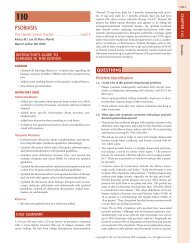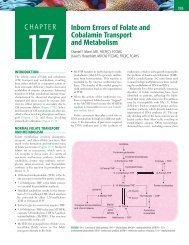Six Sigma Software Quality Improvement
Six Sigma Software Quality Improvement
Six Sigma Software Quality Improvement
You also want an ePaper? Increase the reach of your titles
YUMPU automatically turns print PDFs into web optimized ePapers that Google loves.
FOREWORD<br />
Motorola (renamed Motorola Solutions, Inc. in January 2011) has the distinction of being<br />
both the “inventor” of <strong>Six</strong> <strong>Sigma</strong> and a major sponsor of its world-wide adoption. Over the last<br />
three decades, scores of companies have improved the quality of their products, reduced their<br />
costs, and grown their customer satisfaction using the core principles of <strong>Six</strong> <strong>Sigma</strong>. A library<br />
of business books attests to the success of the methodology. But <strong>Six</strong> <strong>Sigma</strong> was introduced 25<br />
years ago. The world in which we operate has changed as the need for speed and agility is<br />
accelerating the pace of modern business, and as consumer-driven experience is replacing<br />
traditional product performance as the litmus test for customer satisfaction. So we are right<br />
to ask “Is <strong>Six</strong> <strong>Sigma</strong> still relevant in today’s world?”<br />
That is the real question that Vic Nanda and Jeff Robinson take on in this book, which<br />
isn’t just stories about “goodness,” but rather a guide to understanding how <strong>Six</strong> <strong>Sigma</strong> has<br />
evolved from its manufacturing roots into a comprehensive mindset and management system.<br />
The case studies presented here don’t help us make better widgets. Instead, they provide a<br />
framework for creating an environment that fosters effective problem solving and successful<br />
innovation in the software industry. As more and more products have software as the<br />
differentiating component, they demonstrate that data mining and complexity reduction are<br />
at the heart of today’s <strong>Six</strong> <strong>Sigma</strong>, and they show how to apply those lessons in actual business<br />
environments. All of this is “real world,” none of the businesses profiled are perfect, and not<br />
everything goes as planned. The power of <strong>Six</strong> <strong>Sigma</strong> has always been in helping business leaders<br />
cope with these undesirable and unexpected outcomes (“defect reduction” in traditional<br />
quality terms), but the high-tech industry adds an additional layer of challenge. <strong>Software</strong> in<br />
particular is caught between competing directives: be innovative, be intuitive, be first-tomarket,<br />
and be defect-free. It’s a conundrum that software developers and software quality<br />
professionals continue to struggle with every day.<br />
I wish that I could say that there is a magic bullet that definitively solves the riddle. There<br />
is no “one size fits all” methodology that guarantees flawless results. One of the great strengths<br />
of Vic Nanda and Jeff Robinson’s work is that they don’t claim that any one approach—<strong>Six</strong><br />
<strong>Sigma</strong> or otherwise—can be successfully applied across all areas and address all problems.<br />
What they do, however, is demonstrate that many leaders in the high-tech industry have used<br />
<strong>Six</strong> <strong>Sigma</strong> to improve their operational results and profitability when they applied it judiciously.<br />
Having had the privilege of working with both of the editors, I can attest that one of their<br />
greatest strengths—which they bring to this volume—is knowing where and when to apply the<br />
<strong>Six</strong> <strong>Sigma</strong> methodology. They show us how to avoid falling victim to the fallacy that if a little<br />
Copyrighted Material<br />
xi

















